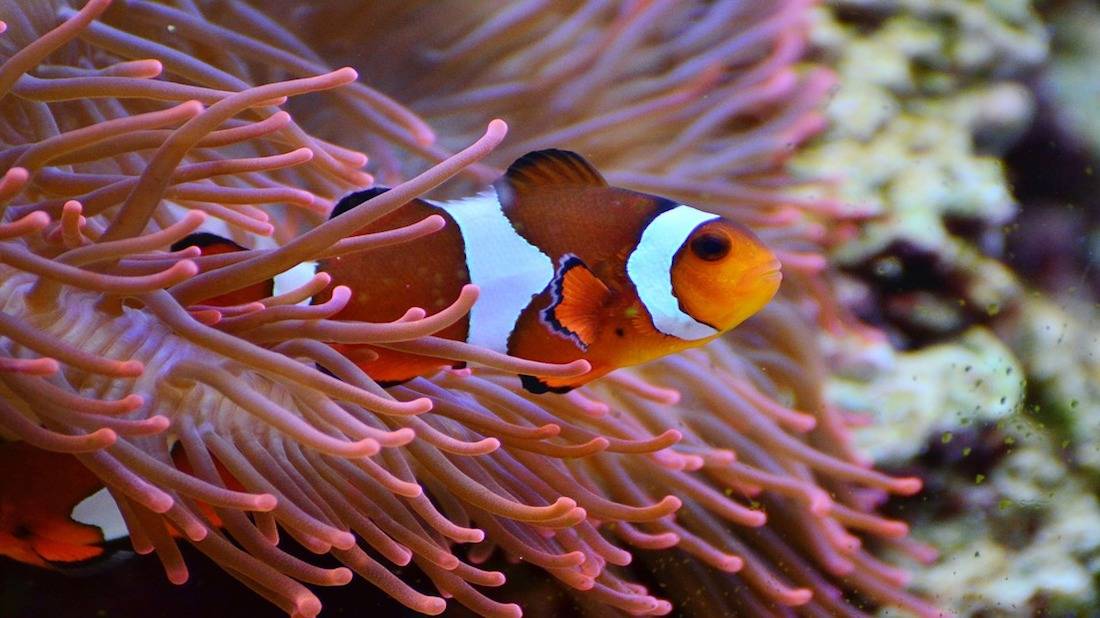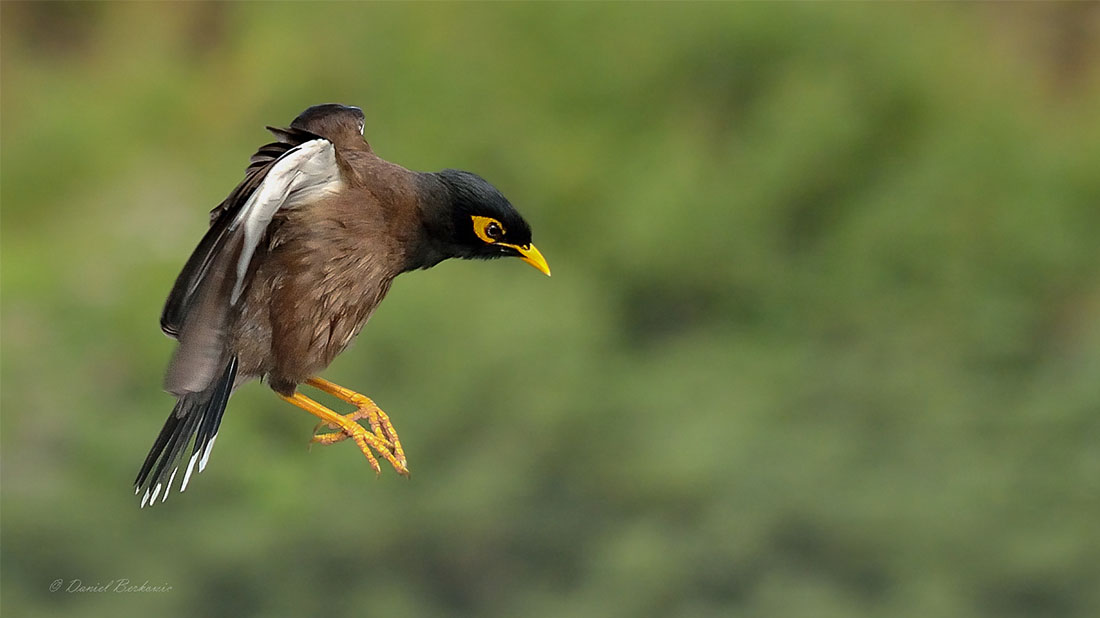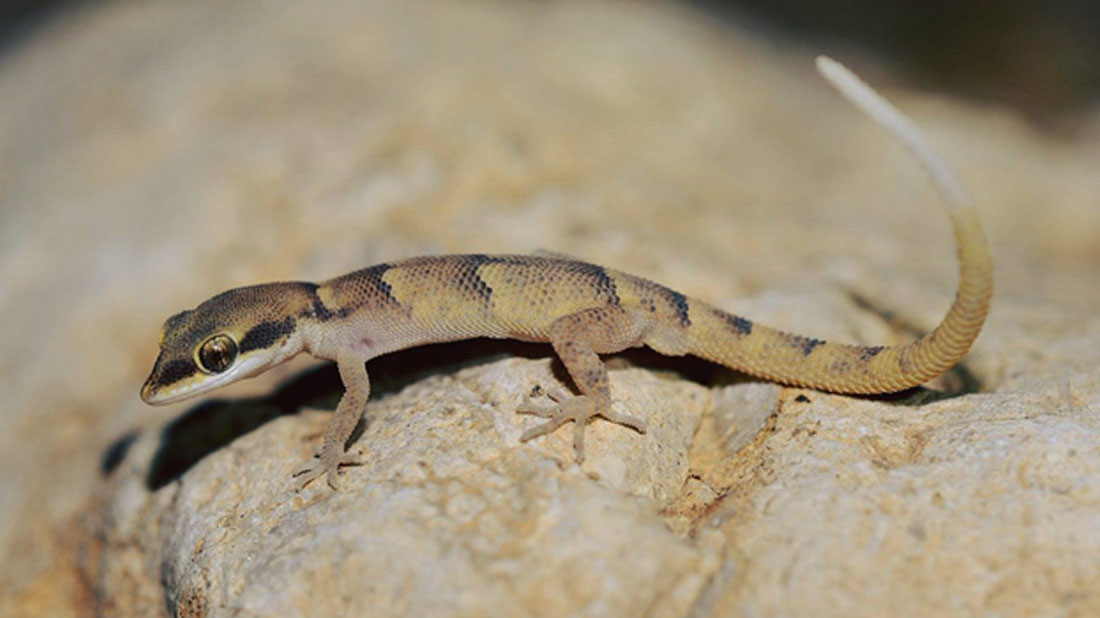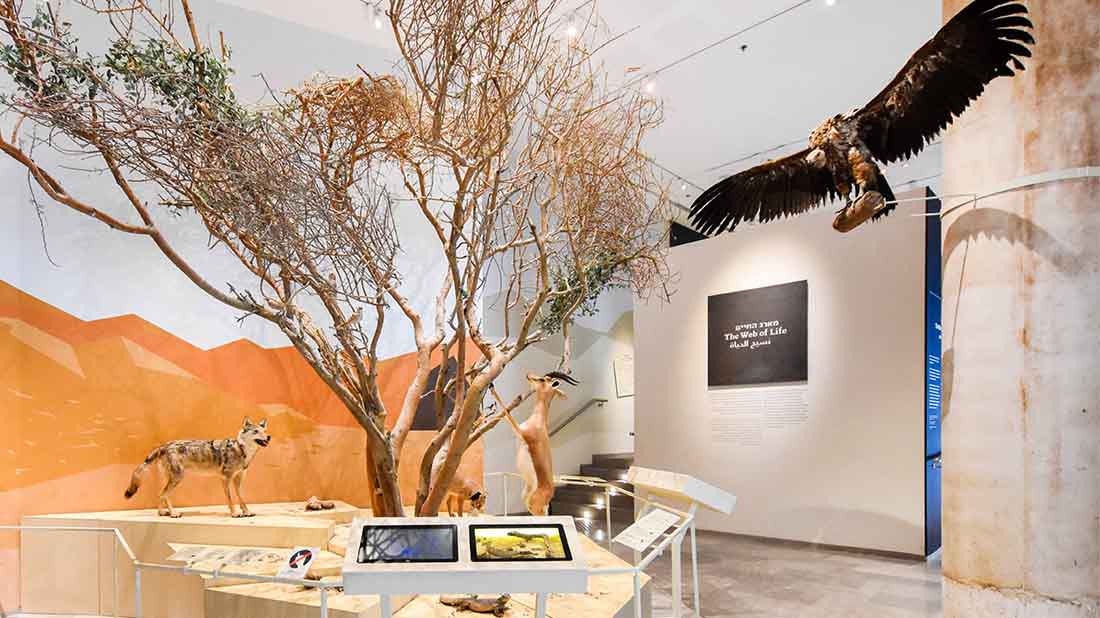In fields, forests and oceans, on mountains or under rocks – in every environment living organisms carry out a range of interactions: some cooperate with one another, some compete with each other, and some feed on other beings.
Mutualism – both sides benefit
Do you remember Nemo, the clownfish, who lived with his father inside the sea anemone? The animated film “Finding Nemo” presents one of the better known instances of mutualism – that which takes place between the clownfish and the sea anemone. The clownfish, living among the tentacles of the sea anemone, is protected by their stings; in return, the sea anemone receives scraps of food that fall from the fish’s mouth. For the clownfish, the relationship is one of absolute necessity: if it moves away from the sea anemone’s tentacles, it will easily be devoured by predators. For the sea anemone, on the other hand, the relationship is not so indispensable – it can live well enough without the clownfish’s leftovers.
Another mutualistic relationship, the interaction between gobies (small fish belonging to the family Gobiidae) and shrimps, is crucial for both parties. The fish and the shrimp live together in a burrow on the ocean bed: the shrimp digs the burrow, keeps it clean and regularly removes sand from its opening; the goby positions itself at the burrow’s entrance and warns the shrimp, which has poor eyesight, of impending danger. Using its antennae, the shrimp maintains constant contact with the tail of the goby, which signals danger via tail movements.
Competition – both sides lose
When two species share a resource that is insufficient for both, competition develops between them. For example, competition over food: when a cheetah or a leopard catches its prey, it must eat it rapidly before other predators, such as hyenas, lions or scavenger birds, gather round to enjoy the bounty. Competition can also take place between two individuals of the same species. For example, two male deer may compete for the right to mate with all females in the herd.
Predation – the predator benefits, the prey loses
In predatory interactions, organisms of one species feed on organisms of another species. Predatory interactions are not exclusive to animals – a wolf consuming a hare, for example. They also relate to animals that eat plants. As strange as it may seem to us, in biological terms, herbivorous animals are also defined as predatory, preying on vegetarian food.
Parasitism – the parasite benefits, the host loses
In parasitic interactions, one organism, called the parasite, lives on or inside another organism, called the host, and feeds off it. Many diseases are the result of parasitism, in which a bacterium, a fungus or some other organism harms the host on which it lives. The head louse and the dog tick are examples of two parasites familiar to many of us from our daily lives.
Commensalism – someone benefits, but no-one loses
In commensalism, one party benefits from the relationship, while the other is neither positively nor negatively affected by it. For example, barnacles are small marine crustaceans that attach themselves to the backs of whales or the shells of sea turtles. Unaffected by the barnacles in any way, the sea turtles and whales provide these smaller organisms with several benefits: a mobile habitat, defense against predators and opportunities to find readily-available food. It must be emphasized, however, that defining an interaction as commensalism may be problematic. Why? Because when we study interactions between two organisms, the fact that we haven’t found evidence of harm or benefit to one of the two parties involved does not necessarily prove that none exist. In fact, some interactions that initially did not appear to be affecting one side ultimately turned out to be either beneficial or injurious to that party.
Mutualism or predation? Parasitism or perhaps competition? What is certain is that animals conduct fascinating interactions with each other. Studying them can teach us a great deal about the world around us, and the affinities among its various inhabitants.






